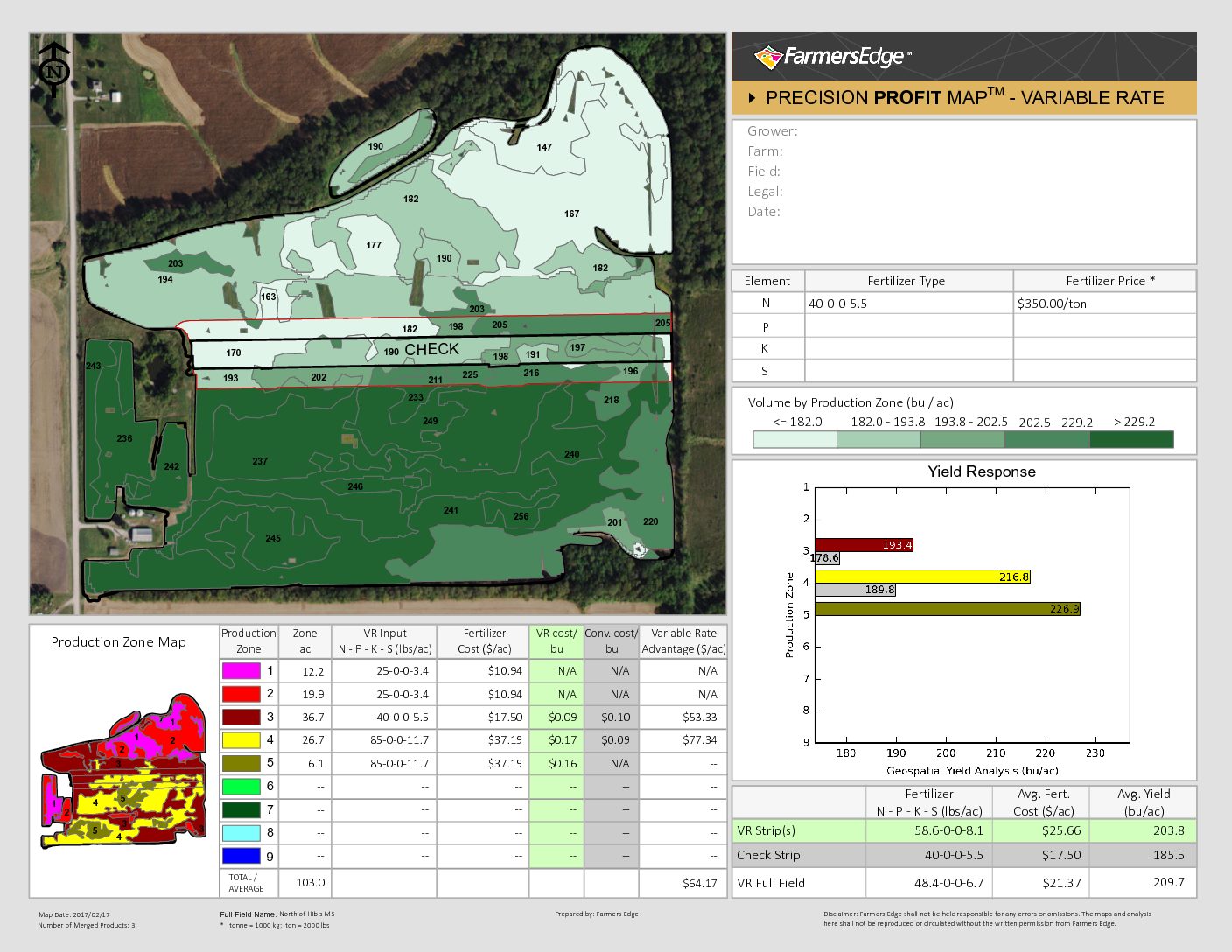VRT– Supporting More Profitable Decisions on Every Acre
For Stanley Watkins, applying Variable Rate Technology (VRT) on his farm near Donnellson, Iowa, started as an exercise in efficiency – to save fertilizer input costs resulting from over-application, as well as making sound & environmentally sustainable decisions for his farm. What resulted, was a deeper understanding of the variable needs and differences about the land he has farmed with his son for the past 25 years.
“When it came to managing nutrients, we didn’t want to over-apply. Fertilizer has been a pretty costly input for us in the past. We decided to use VRT to support us in making informed decisions that would support an opportunity for increased profitability on our farm, as well as decisions that are best for the environment.”
With VRT, the story that it told Stanley, was the variable differences and previous misconceptions of where he thought he had applied enough or not enough nitrogen on his land.
“I thought I had applied enough nitrogen, but what I found was that where we had different conditions, our soil areas had plenty of phosphorous and potassium, but where I was applying 40 lbs. of nitrogen, our VRT told us we needed 80lbs. This surprised me and I was skeptical at first, but results proved a great per acre profit advantage for us.”
The Watkins Farm uses check strips in their fields to show and reflect results of their Variable Rate Technology. The check strip in this case, proved a profit advantage of $64.17 per acre.
There are many nitrogen models on the market, but Watkins warns all are not created equal. Watkins felt that what the Farmers Edge VRT model provides, leads the way with data that is field-centric.
“The Variable Rate Technology from Farmers Edge leads the way in truly understanding each and every of acre of my soil, by providing field-centric data, with a real boots on the ground approach,” says Watkins. “They come out and sample our field and know the soil profile and type, as well as organic matter and the levels of nitrogen and sulphur in the soil. It’s much more beneficial than public data or public weather stations that are far away and not specifically accurate to my farm. We experienced how Variable Rate supported us in making more informed and profitable decisions this past year and we are excited to see where we grow from here.”


